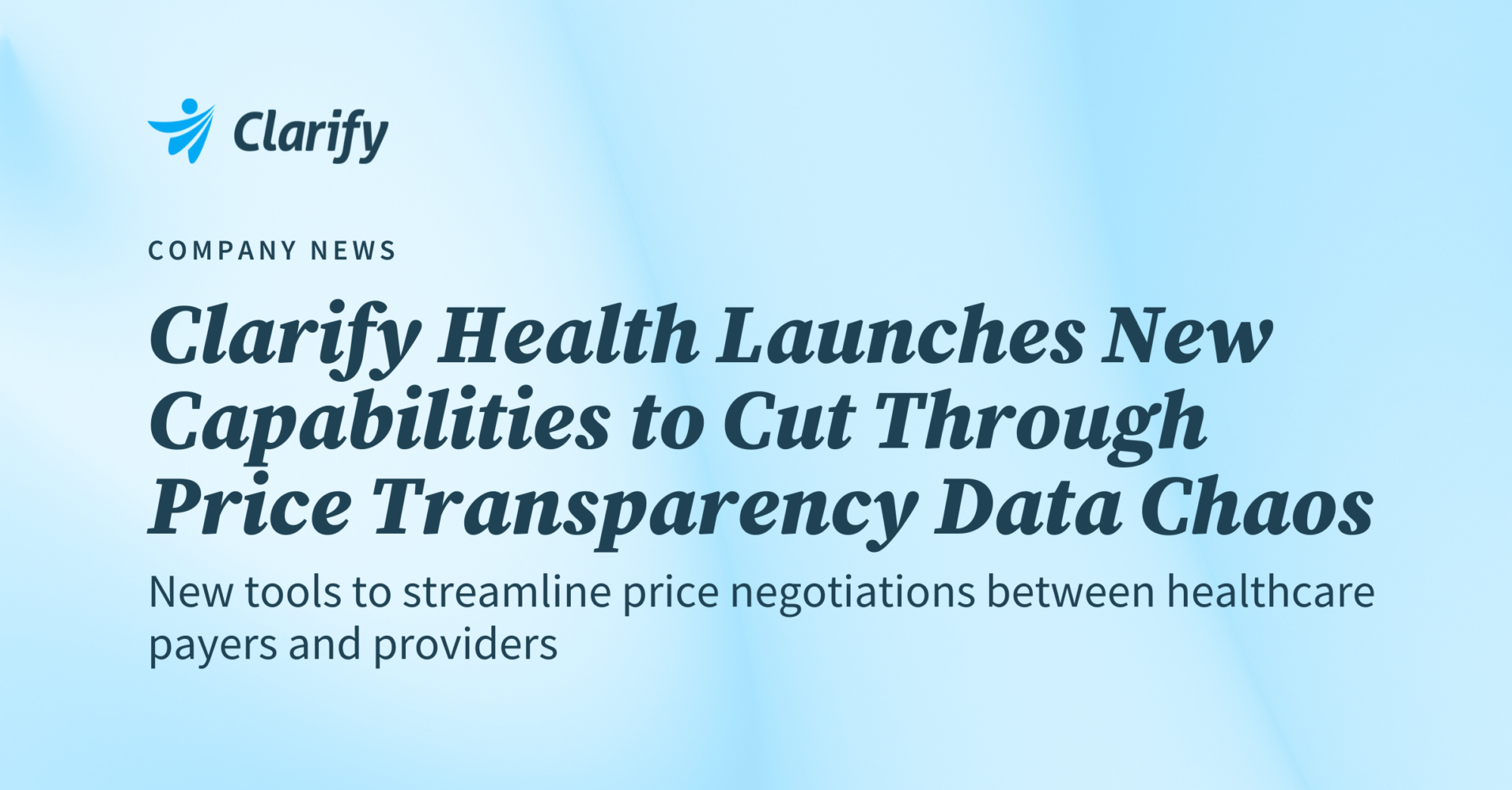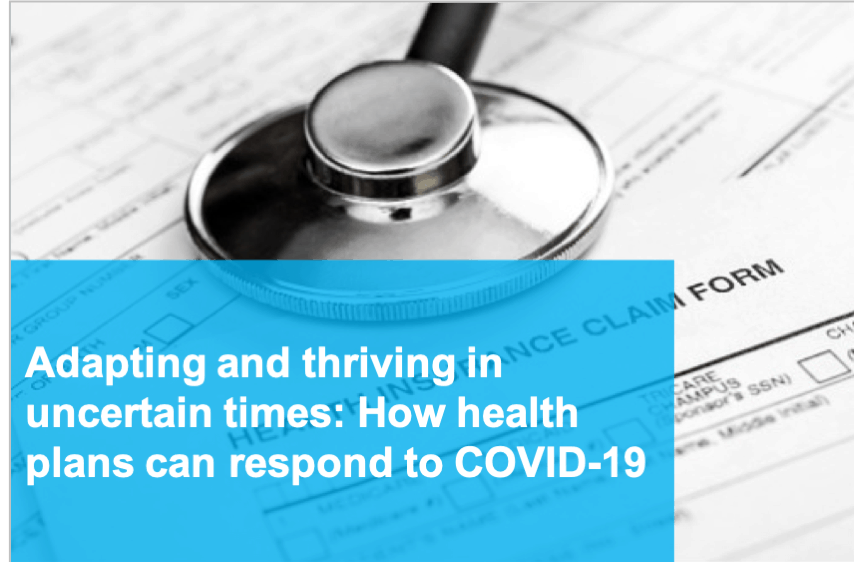
Apr 16, 2024
April 22, 2020

Chuck Feerick, Director of Payer Solutions, and Jegar Jasani, MD, Vice President of Payer Solutions, presented a webinar on April 15, 2020 to discuss the impact of the COVID-19 pandemic on health plans and the actions that insurers can take to adapt and thrive in uncertain times.
Jegar, who is a physician trained in internal medicine, shared the latest information he has from the frontline. Some areas, like New York City, are experiencing longer than anticipated ICU days for patients. Additionally, patient recovery in post-acute care facilities is proving to be lengthy and complex, creating a burden on care management teams and requiring considerable post-acute care coordination. With the influx of COVID-19 patients, hospitals have seen low emergency department utilization of non-COVID related illness or injury, a decline in elective surgery numbers, and a drop in other types of admissions. While care teams are overwhelmed by shortages of masks, ventilators, and protective clothing—a frequent news headlines—also adding to the supply chain pressure are shortages of sedatives and other drug stocks. In communities where hospital and emergency services are less inundated, providers are remaining vigilant to prepare for possible spikes.
These examples highlight the shifting priorities of hospitals. How can health plans step up and respond? Many have helped their providers by setting up testing centers, providing co-pay and premium holidays to members and employers, respectively, and by increasing care management and outreach efforts to members most at risk of severe COVID 19-related complications.
The health insurance landscape is changing too:
In order to continue thriving and growing in the new normal, health plans will need to accurately model and predict the effectiveness of their provider networks. The two key elements to adapting and surviving in uncertain times are:
Building robust networks in a post-COVID-19 environment will be hard, if not impossible, if health plans do not invest in building trust with their members and providers. By making it easy to get care and avoid unnecessary costs during this high-stress time, insurers can decrease member abrasion and maintain member health and wellness. Helping providers stay in business so that they can provide high-quality patient care, now and in the future, is equally paramount.
You can watch the full webinar on-demand here.
To learn how Clarify Health’s software applications can help health plans contact us at [email protected].